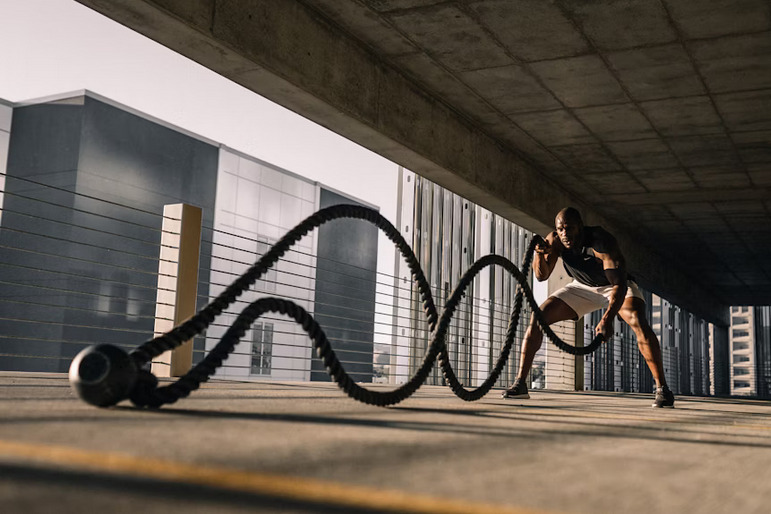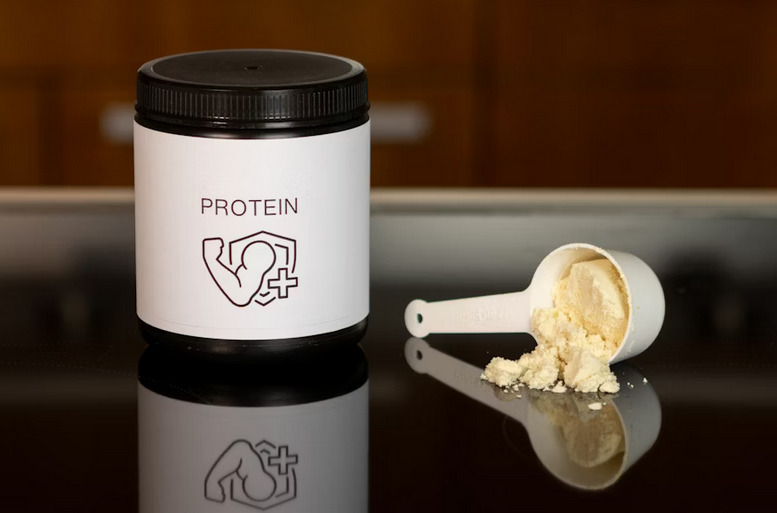Safe Weight Loss Workouts: Exercise Routines That Don’t Stress Your Body
If the idea of high-intensity workouts makes you wince, you’re not alone. Whether you’re recovering from an injury, new to exercise, or just not a fan of punishing fitness routines, there are plenty of ways to lose weight without putting your body through unnecessary stress. The truth is, you don’t need to sweat buckets or lift heavy weights to make progress. Safe, low-impact workouts can still help you shed pounds, build strength, and feel more energized—without leaving you sore for days.
Why Low-Impact Workouts Work
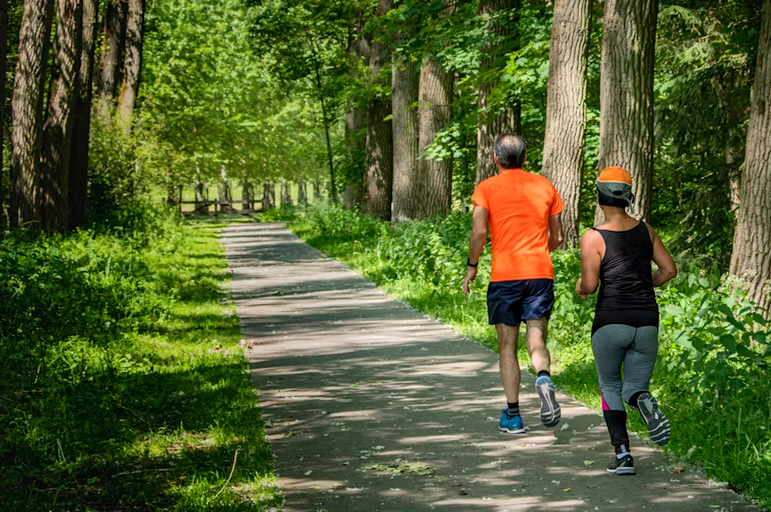
If you’re looking for effective strategies for losing weight safely, low-impact routines are one of the best places to start. Low-impact doesn’t mean low results. These types of exercises focus on controlled movement, better form, and sustainability. They reduce the risk of injury, which makes it easier to stay consistent—and consistency is what drives progress. For many beginners or those dealing with joint pain, these workouts are more manageable and enjoyable. They build cardiovascular endurance, improve muscle tone, and support healthy weight loss at a pace your body can handle.
Walking: The Underrated Power Move
Walking might seem too simple to be effective, but it’s one of the most accessible and gentle ways to support weight loss. A brisk 30-minute walk can burn calories, boost your mood, and even help regulate appetite. What makes walking so sustainable is that it’s low risk, easy on the joints, and can be done almost anywhere. Over time, you can increase your distance, pace, or incline for more of a challenge without needing any equipment. Plus, it’s a great way to clear your mind and get some fresh air.
Swimming: Full-Body Burn Without the Impact
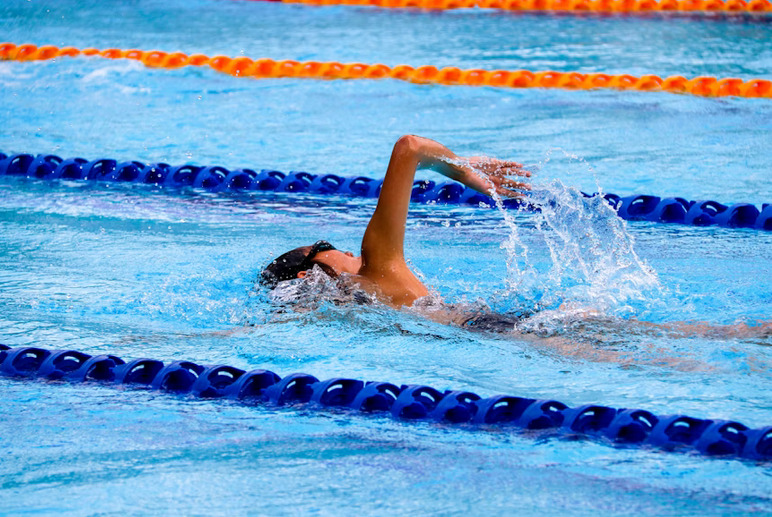
Swimming offers a full-body workout that’s incredibly easy on the joints. Whether you’re doing laps or just moving through the water, your muscles are constantly working against resistance without the pounding impact of land-based exercises. It improves cardiovascular health, builds strength, and can be especially helpful for people with arthritis or chronic pain. Swimming can feel almost therapeutic, and many people find it easier to stick with because it’s less taxing and more refreshing than traditional workouts.
Yoga and Pilates: Build Strength and Stability
If you want to tone your muscles, improve flexibility, and reduce stress, yoga and Pilates are excellent choices. These low-impact workouts focus on body awareness, core strength, and balance. You won’t be jumping or running, but you’ll still break a sweat and feel your muscles working. Both practices can be modified for beginners and offer a wide range of benefits, including improved posture, reduced back pain, and enhanced focus. Plus, the calming aspect of yoga is a great way to combat stress, which can also play a role in weight management.
Stationary Biking: Cardio Without the Joint Stress
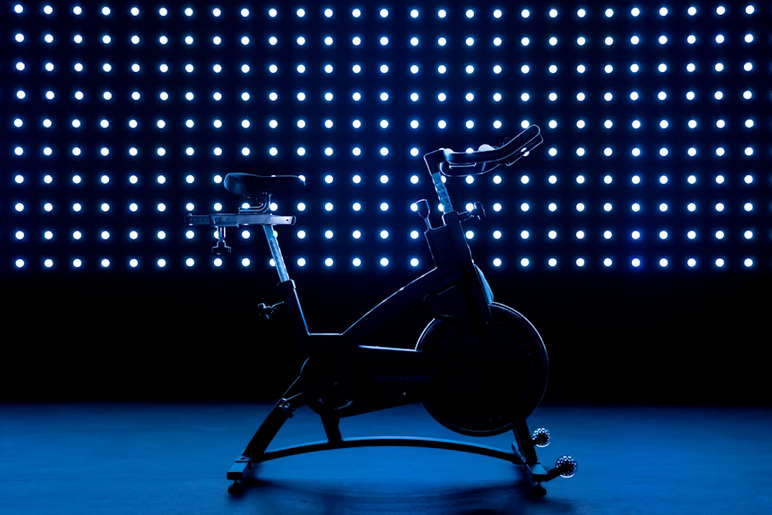
Riding a stationary bike is another gentle but effective way to get your heart rate up and burn calories. Unlike running, it doesn’t place harsh impact on your knees, hips, or ankles. You can start slow and increase your intensity as your fitness improves. Whether you prefer steady rides or interval-style training, cycling provides an excellent cardiovascular workout that strengthens your legs and core. It’s also a convenient option if you prefer indoor exercise or want something you can do while watching your favorite show.
Safe weight loss doesn’t mean slow results—it means smart, sustainable progress. When you focus on workouts that respect your body and support your long-term goals, you’re more likely to stick with them and enjoy the process. Whether it’s walking, swimming, yoga, or cycling, gentle workouts can be just as powerful as intense ones. The key is to find what feels good, listen to your body, and stay consistent. Progress doesn’t have to hurt. It’s often more successful when it doesn’t.…

